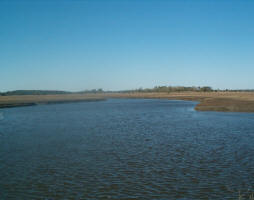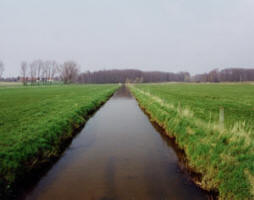 The Desalination Report
The Desalination Report
Water scarcity has always existed somewhere in the world but today the need for water, both for people and for industry, is growing at an alarming rate.
About one third of the countries in the world suffer from water shortage and in 20 of these real scarcity exists. Fortunately the technologies of desalination (also called desalting) exist to remedy these critical problems, they are now affordable and are becoming cheaper.
By 2010 there were over 14,450 desalination plants operating in 100 countries.Desalination can be useful in varying situations. In isolated arid places with no surface water it can be the lifeblood of a community or industry, making existence possible, no less. In less extreme situations desalination can be a valuable addition to regular water supply, remedying shortages and providing continuous supply.Undrinkable water is classified as one of two types; "brackish" water in rivers, and "sea water" with high salinity in the oceans.
The technologies and costs of desalinating these two types of water differ Desalting sea water consumes much more energy. Once considered too expensive and energy intensive to use on a large scale, the costs of desalinating water have declined to $0.45 (with subsidies) to $1 per m3 to produce. This is due to technological advances such as improvements in energy efficiency by energy recovery devices, and an increase in the lifetime of desalination plants. As the price of desalinating water continues to fall, it may cost no more than freshwater extraction by 2020 in some parts of the world.
Desalination is a real option for governments.
For more information please click on: http://www.researchandmarkets.com/product/f165ba/the_desalination_report
--
Outline of report:
The report outlines the principal types of water desalination technologies in current use: distillation or thermal (MSF - multi stage flash distillation or MED - multi effect desalination), including cogeneration of electricity and water; and membrane, mainly reverse osmosis (RO), followed by electrodialysis (ED).
The report surveys the usage of desalination in 50 countries and summarises regions, listing decision-makers and customers for the technology.
The major suppliers and manufactures of desalination equipment are listed and ranked by capacity installed.
Once considered too expensive and energy intensive to use on a large scale, the costs of desalinating water have declined to $0.45 (with subsidies) to $1 per m3 to produce.
This is due to technological advances such as improvements in energy efficiency by energy recovery devices, and an increase in the lifetime of desalination plants.
As the price of desalinating water continues to fall, it may cost no more than freshwater extraction by 2020 in some parts of the world.
This energy market research analyses the current market and the impact, it will have on the future.
Desalination is a real option for governments worldwide
| Contact information |
Laura Wood, Senior Manager , Research and Markets Ltd
(email: laura.wood@researchandmarkets.com ) |
|---|---|
| News type | Inbrief |
| File link |
http://www.researchandmarkets.com/product/f165ba/the_desalination_report |
| Source of information | http://www.researchandmarkets.com/product/f165ba/the_desalination_report |
| Keyword(s) | desalination, water scarcity |
| Subject(s) | ENERGY , INFRASTRUCTURES , RISKS AND CLIMATOLOGY , SANITATION -STRICT PURIFICATION PROCESSES , WATER DEMAND |
| Relation | http://www.emwis.net/topics/Desalination |
| Geographical coverage | n/a |
| News date | 21/10/2010 |
| Working language(s) | ENGLISH |
 you are not logged in
you are not logged in





